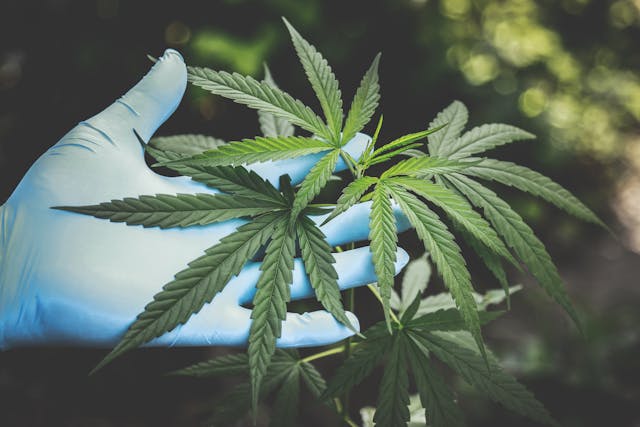|

Cannabis farming has undergone a remarkable transformation over the past decade, driven by advancements in technology and increasing legalization worldwide. As demand for high-quality cannabis continues to grow, cultivators are adopting innovative techniques to optimize yields, enhance cannabinoid profiles, and ensure sustainable practices. This article explores some of the most groundbreaking methods reshaping the cannabis farming industry today. Vertical Farming SystemsVertical farming has emerged as a space-efficient and sustainable method for cannabis cultivation. By stacking plants in tiers within controlled environments, growers maximize limited space while reducing water and energy usage. Advanced lighting systems, such as LED technology, simulate natural sunlight, enabling year-round cultivation and consistent harvest cycles. Exploring Innovative Techniques in Cannabis Farming, vertical farming not only increases productivity but also minimizes the risk of pests and diseases. Hydroponic and Aeroponic SystemsHydroponics and aeroponics eliminate the need for soil, allowing cannabis plants to grow in nutrient-rich water or mist. These systems offer precise control over nutrient delivery, pH levels, and oxygenation, resulting in faster growth and higher yields. Aeroponic systems, in particular, reduce water consumption by up to 95%, making them an eco-friendly choice for sustainable cannabis farming. Automation and Smart FarmingAutomation is revolutionizing cannabis cultivation by integrating sensors, data analytics, and artificial intelligence (AI). Smart farming systems monitor variables such as light intensity, humidity, and CO2 levels, enabling growers to make data-driven decisions. Automated irrigation and feeding systems further streamline operations, reducing labor costs and ensuring optimal plant health. Genetic Engineering and Tissue Culture PropagationGenetic engineering has enabled breeders to develop cannabis strains with specific cannabinoid and terpene profiles. Tissue culture propagation, or micropropagation, ensures genetic consistency and disease-free plants. This technique allows growers to produce uniform, high-quality crops while preserving rare and valuable strains. Organic and Regenerative Farming PracticesSustainability is becoming a priority in cannabis farming, with many growers embracing organic methods and regenerative agriculture. Techniques such as companion planting, composting, and cover cropping improve soil health and biodiversity. These practices reduce reliance on chemical fertilizers and pesticides, promoting eco-friendly cannabis production. Light Deprivation TechniquesLight deprivation techniques manipulate the light cycle to induce flowering at specific times, allowing growers to achieve multiple harvests in a year. By covering greenhouses with blackout materials, farmers can control exposure to light, accelerating growth and improving yields without compromising quality. Cryogenic Freezing and PreservationPost-harvest handling has also seen innovation, with cryogenic freezing gaining popularity. This method preserves cannabinoids and terpenes by freezing freshly harvested plants at extremely low temperatures. Cryogenic preservation maintains potency, aroma, and flavor, ensuring a superior end product. ConclusionThe cannabis farming industry is evolving rapidly, fueled by technological advancements and a growing focus on sustainability. From vertical farming and hydroponics to AI-driven automation and organic practices, innovative techniques are reshaping how cannabis is cultivated. As research and development continue, these methods promise to further enhance efficiency, quality, and environmental responsibility, ensuring a bright future for cannabis farming.
| Create Date : 24 ธันวาคม 2567 |
| Last Update : 24 ธันวาคม 2567 9:39:23 น. |
|
0 comments
|
| Counter : 239 Pageviews. |
 |
|





